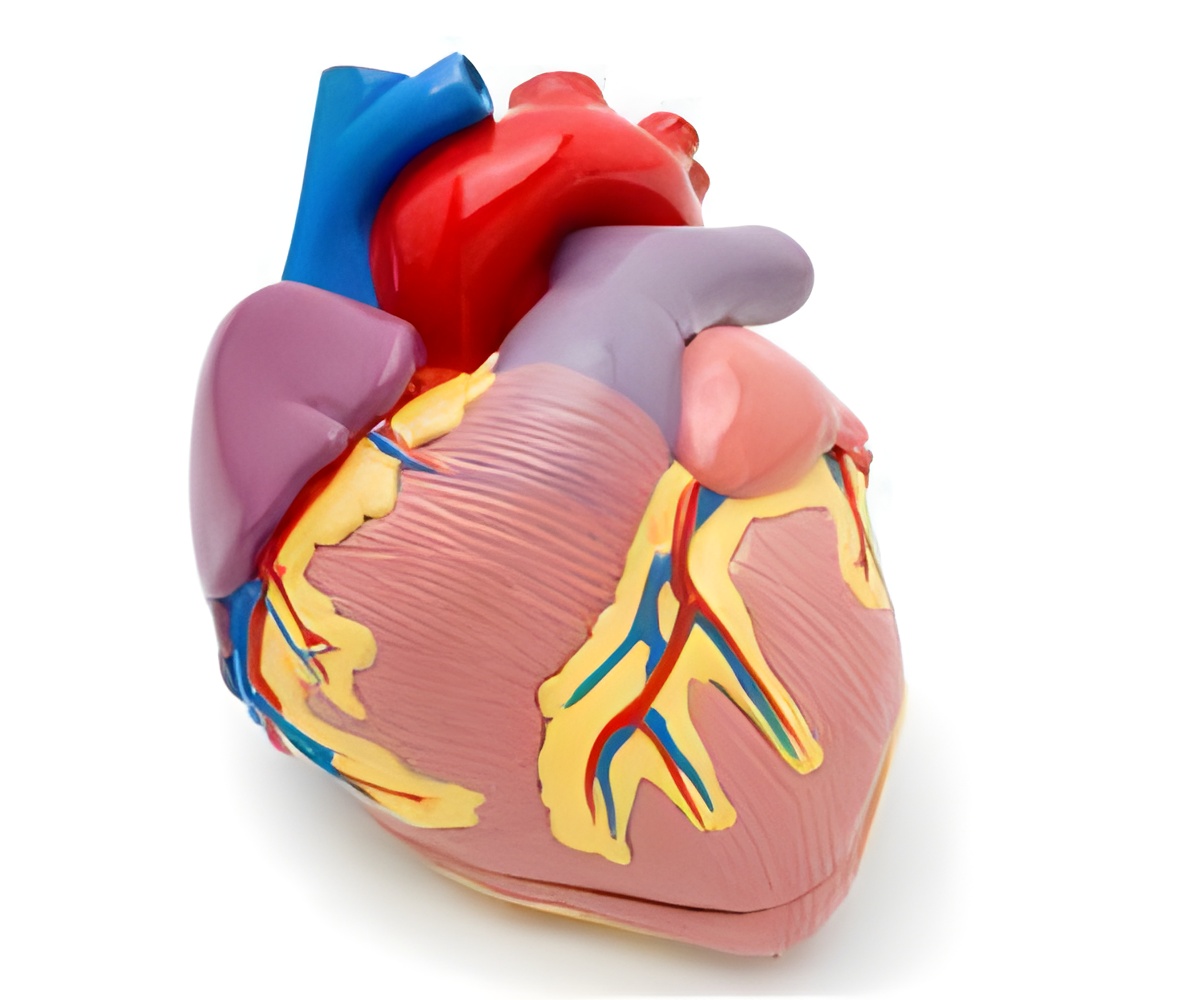
Often, the first shock doesn't reset a heart and the procedure must be repeated, but the sticky pads on the chest must first be repositioned. The pads need to be in the right location to send current through the heart, and someone with no experience who tries to provide aid might miss the first time.
The Second-Chance AED Pads let rescuers try again without losing valuable time to remove the pads from the victim's chest. The pads incorporate three electrodes, two in a single pad with an A/B switch attached, and a third in its own pad.
If one shock doesn't restart the patient's heart, flipping the switch will change the jolt's path, just a little bit, for the second attempt.
The pads were developed by students on the DefibTaskForce-Lisa Jiang, Joanna Nathan, Justin Lin, Carl Nelson and Brad Otto-in tandem with Mehdi Razavi, director of electrophysiology clinical research at THI, and their adviser, Renata Ramos, a Rice lecturer in bioengineering.
"Cardiac defibrillation is very time-sensitive. Thirty seconds can be the difference between life and death in a lot of situations. The time it takes to flip the switch is negligible compared with the time it takes to remove the pads, shave and prep a new area on the body, reapply the pads and administer another shock. And a layman might not even know to try a second position," said Otto.
Advertisement
In tests for the final version at Rice's Oshman Engineering Design Kitchen, the team recruited students with no experience using an AED to shock a medical mannequin back to life.
Advertisement
Source-ANI











